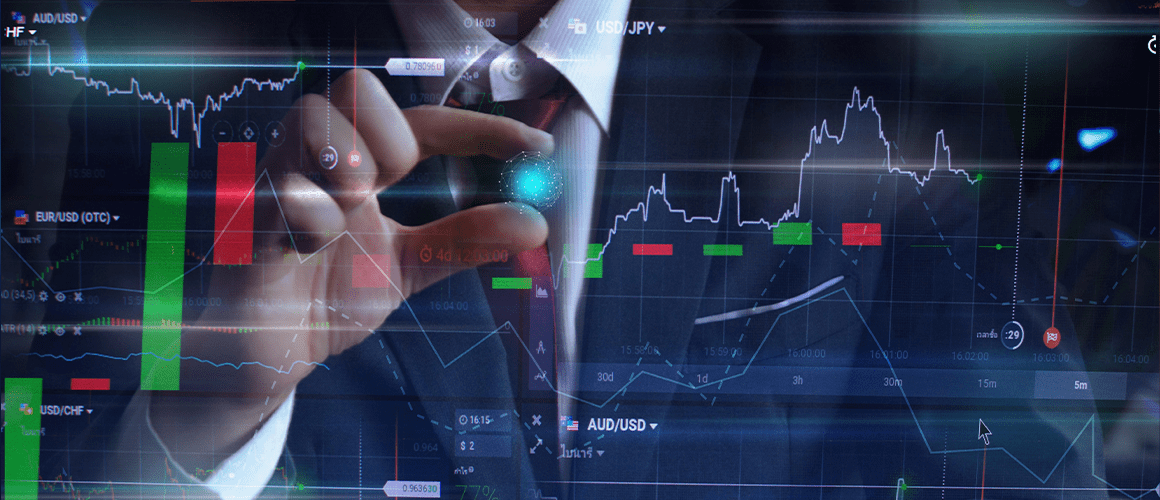The author of the Parabolic Sar is J. Welles Wilder. He first used it in 1976. In his book "New Concepts In Technical Trading Systems" Wilder presented several indicators: the Parabolic Sar, RSI, ADX.
All posts
Stochastic Oscillator chart is drawn in a separate window under the price chart and consists of two lines: %K, quick one, and %D, slow one. Its values vary from 0% to 100%; at the levels of 20% and 80% signal lines, defining the oversold (0-20%) and overbought (80-100%) areas, are drawn.
In the description of the indicator in the book "Bollinger on Bollinger Bands", it is said that the price remains at the borders of the lines 95% of the time and escapes those borders in 5 remaining percent. If volatility on the market is low, the upper and the lower lines are close to one the other, while the price is trading between them; the higher the volatility, the wider the channel formed by the three lines (pic 1). According to the classification, the Bollinger Bands are a trend indicator as it shows both flats and directed price movements. The timeframe may be anything from M1 to a year.
The Relative Strength Index (RSI) is one of the few trader's instruments able to go ahead of the price. Of course, such situations do not happen every day, however, this feature is really interesting and useful for the analysis of the current market situation.
The MACD is one of the most popular technical indicators. It is included into most trading platforms for financial and commodity markets. The indicator was created almost 40 years ago by Gerald Appel. It was first used in 1979. MACD is an abbreviation of the phrase Moving Average Convergence/Divergence.
Ichimoku Kinko Hyo is a technical analysis method devised in 1926 by Goichi Hosoda, better known under the pen-name Sanjin Ichimoku. In Japanese Ichimoku Kinko Hyo roughly means “instant representation” or “one glance cloud chart”. The indicator was designed in addition to candlestick charts on the commodity market, and the author used it successfully for rice trading. Later it was elaborated and introduced to the public in 1968, since then being one of the traditional instruments of Japanese traders.





